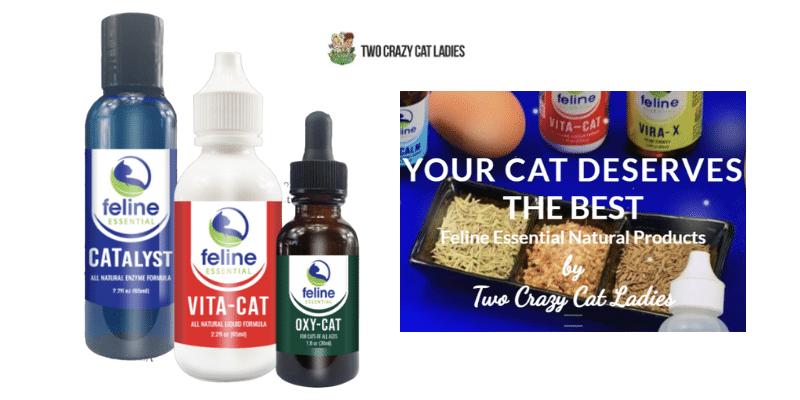Catnip, also known by its scientific name Nepeta cataria, is a herbaceous plant belonging to the mint family (Lamiaceae). It is native to Europe, Asia, and Africa but has been naturalized in many other regions around the world. Catnip is well-known for its effects on cats, particularly domestic cats, and it has been used for centuries as a recreational herb for felines.
The active compound in catnip that affects cats is called nepetalactone, which is found in the leaves, stems, and seeds of the plant. When cats come into contact with catnip, either by smelling, licking, or chewing it, nepetalactone binds to receptors in their nasal tissue, leading to a behavioral response.
The effects of catnip on cats can vary widely from one individual to another, but common reactions include:
Excitement and Playfulness: Many cats become more active, playful, and energetic after exposure to catnip. They may roll around, chase imaginary objects, or exhibit frenzied behavior.
Relaxation and Calmness: Some cats may experience a sense of relaxation and calmness after exposure to catnip, similar to the effects of a mild sedative. They may become more mellow and content.
Euphoria and Happiness: Catnip can induce a sense of euphoria or happiness in some cats, leading to vocalizations such as purring or meowing and a general sense of well-being.
Aggression or Overstimulation: In rare cases, catnip can cause cats to become overstimulated or aggressive, especially if they are prone to high levels of arousal or aggression.
It’s important to note that the effects of catnip are temporary and typically last for about 10-15 minutes, after which cats may lose interest in the herb until they are exposed to it again. Not all cats are affected by catnip, as sensitivity to nepetalactone is hereditary and approximately 30-50% of cats do not respond to it at all.
Catnip is safe for cats to consume in small quantities, but excessive ingestion may lead to gastrointestinal upset, vomiting, or diarrhea. It’s best to offer catnip in moderation and supervise your cat’s interactions with it.
Is Catnip Safe For My Purr Baby?
Yes, catnip is generally safe for cats. The effects of catnip on cats are primarily behavioral and temporary, and it is non-toxic to them. When cats come into contact with catnip, either by sniffing, licking, or chewing it, they may exhibit behaviors such as excitement, playfulness, relaxation, or euphoria. These effects typically last for about 10-15 minutes, after which cats may lose interest in the catnip until they are exposed to it again.
However, it’s essential to offer catnip to your cat in moderation, as excessive consumption may lead to gastrointestinal upset, vomiting, or diarrhea. Additionally, some cats may become overstimulated or aggressive in response to catnip, especially if they are prone to high levels of arousal or aggression.
Here are some tips for using catnip safely with your cat:
Offer Catnip in Moderation: Limit the amount of catnip you give to your cat to prevent overconsumption and potential digestive upset.
Supervise Interactions: Supervise your cat’s interactions with catnip to ensure they do not ingest too much or exhibit aggressive behavior.
Use as a Treat or Enrichment: Use catnip as a special treat or enrichment activity for your cat. You can offer it as a reward during training sessions, sprinkle it on scratching posts or toys, or stuff it into catnip toys for added enjoyment.
Monitor for Adverse Reactions: Watch for any signs of adverse reactions or discomfort after your cat consumes catnip, such as vomiting, diarrhea, or excessive agitation. If you notice any concerning symptoms, discontinue use and consult your veterinarian.
Avoid Overuse: While catnip can be a fun and enriching experience for cats, using it too frequently may diminish its effectiveness over time. Reserve catnip for occasional use as a special treat or enrichment activity to keep it novel and exciting for your cat.
Consider Individual Sensitivity: Keep in mind that not all cats respond to catnip, as sensitivity to the active compound, nepetalactone, is hereditary. Approximately 30-50% of cats do not react to catnip at all.
Use High-Quality Catnip: When purchasing catnip products, choose high-quality, organic catnip that is free from additives or pesticides. Avoid products that contain fillers or artificial ingredients, as they may be less effective or potentially harmful to your cat.
Consider Alternative Forms: If your cat is sensitive to dried catnip or prefers a different form, such as catnip spray or catnip-infused toys, you can explore alternative options to provide them with the benefits of catnip in a way that suits their preferences.
Overall, when used appropriately and in moderation, catnip can be a safe and enjoyable experience for most cats, providing them with mental stimulation and enrichment. However, it’s always a good idea to monitor your cat’s response and consult your veterinarian if you have any concerns about their well-being.
By being cautious and mindful of these factors, you can safely offer catnip to your cat and provide them with an enjoyable and enriching experience. If you have any concerns about your cat’s response to catnip or their well-being, don’t hesitate to consult your veterinarian for personalized advice and guidance.
















